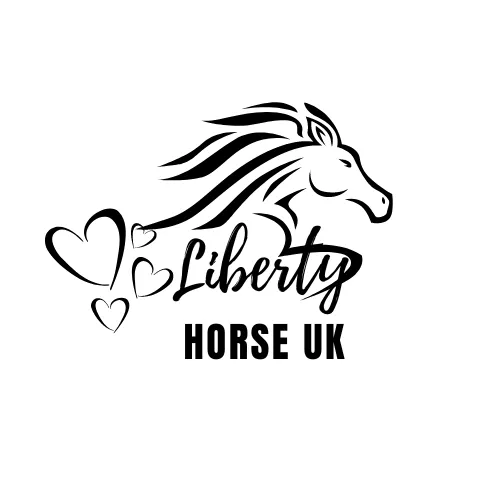Blog

Capture Your Progress: A Guide to Filming Your Training and Submitting Your Entries
Introduction
Ever thought about filming your groundwork sessions? If not, you might be missing out on one of the best tools in your training toolkit. Recording your groundwork isn’t just about capturing those epic moments (though that’s a nice bonus!). It’s a fantastic way to track your progress, catch subtle cues you might miss in the moment, and get a fresh perspective on your techniques and your horse’s responses. Plus, it can be a great way to share your journey and get some constructive feedback. Let’s dive into why hitting the record button could be a game-changer for you and your four-legged friend!

Why should you video your training?
Filming your training sessions offers a multitude of benefits, enhancing both your skills and your horse's performance. Here's why hitting the record button can be so advantageous:
1. Objective Review: Watching the footage allows you to see your training from an outsider's perspective. You can objectively analyze your body position, techniques, and interactions with your horse, which can be difficult to assess accurately in the moment.
2. Track Progress: Over time, you can compare videos to track your progress. This visual record helps you see improvements and identify consistent issues that need addressing.
3. Identify Subtle Details: Some cues and responses are so subtle that they might be missed during live training. Reviewing the footage helps you spot these nuances, enhancing your understanding of your horse's behaviour and reactions.
4. Enhanced Learning: Visual feedback is a powerful learning tool. By watching your sessions, you can better understand what works and what doesn’t, leading to faster and more effective adjustments in your training techniques.
5. Receive Constructive Feedback: Sharing your videos with trainers, mentors, or fellow equestrians allows you to receive valuable feedback. Others can provide insights and suggestions that you might not have considered.
6. Self-Confidence Boost: Seeing your progress on screen can be a great confidence booster. Celebrating small victories captured on video can motivate you to continue improving.
7. Prevent and Correct Mistakes: Identifying mistakes is the first step to correcting them. By analyzing your videos, you can spot errors in your technique or approach and work on correcting them before they become ingrained habits.
8. Enhance Communication with Your Horse: Watching your interactions on video can help you understand how your body language and commands are perceived by your horse, leading to clearer and more effective communication.
9. Create a Training Library: Over time, you can build a library of your training sessions. This archive can be a valuable resource for reference, helping you remember what worked well and what needed adjustment.
10. Goal Setting and Achievement: Setting goals becomes more tangible when you can see where you started and how far you've come. Video evidence of your progress helps in setting realistic and achievable goals.
11. Safety and Welfare: Monitoring your sessions can help ensure that training practices are safe and that your horse is comfortable and stress-free.
By regularly filming your training, you can gain deeper insights, refine your skills, and ultimately foster a stronger, more effective partnership with your horse.
How to set up your filming gear
Filming your training sessions can be incredibly beneficial, but getting good footage requires a bit of planning. Here are some tips to help you capture clear and useful videos:
1. What camera do I need?
A smartphone or tablet is all you need. It’s easy to set up, easy to share videos and easy to upload them to YouTube.
2. Optimal Positioning
Place the camera at an angle where it can capture both you and your horse clearly. A slightly elevated position can help get a comprehensive view of the movements and interactions. I often prop my camera on the oil tank beside the arena or clip it onto the side of the round pen using a flexible tripod such as this one
3. Lighting
Good lighting is crucial for clear footage. Natural light is best, so filming outside on a bright day can yield the best results. If you're indoors, ensure the area is well-lit.
4. Stable Setup
Use a tripod to avoid shaky footage. Several members have found this one cheap and easy to use.
If wind is a problem, cut the top off a large road cone and place the tripod inside it! Voila, no more blowing over just as you film your best work!
5. Test Shots
Before you start your session, take a few test shots to make sure the framing and focus are right. Ensure the entire training area is within the frame so you don’t miss any important moments. Sometimes I set up cones at the edges of the frame, so I can see where I need to stay!
6. Wear a Microphone
If you want to capture your voice commands and any conversations, consider using a wireless microphone. This can help in reviewing how your voice cues affect your horse.
7. Review and Adjust
After filming a few sessions, review the footage and adjust your setup as needed. This might involve changing the camera angle or trying different lighting conditions.
Tips for filming for shows/ awards
Know the criteria
Before you start, ensure you have read the criteria and know exactly how to perform the required movements. It is helpful to walk it through on foot first without your horse.
Be organised
Leave yourself plenty of time. If you film the day before, you are guaranteed to feel under pressure and not perform at your best. Set your phone up every time you train and try to get as much footage of the show pattern as you can. Save the videos in a folder on your phone with the name of that particular test. Come submission time you can pick the best!
Set up the phone properly
Ensure your phone is in landscape (sideways on) and position where you would imagine a dressage judge would sit ie. at the bottom of the centre line where you enter. If you are filming for progress awards, ensure the judge can see the rope, your hands and the whip cues.
Submitting the video.
Once you have uploaded the video to YouTube or Vimeo you MUST follow the follow guidelines otherwise it makes it super hard to judge.
Ensure the video is set to public in the settings
Copy and paste the link into the entry form (this puts them all into a spreadsheet for me. If they are in emails, messenger and whats app, i cannot keep track).
For the progress awards, you can submit each movement separately on the form or create a video montage of all of it.
The trick titles and progress awards do not all need to be filmed in one go.
The show patterns must be filmed in one go and cannot be edited.
If you use music, ensure you have the rights to use it.
If would like to learn more about Liberty Horse UK online competitions take a look here

Contact Us
info@libertyhorseuk.com
07977 909283
© Copyright 2023 Liberty Horse UK. Privacy Policy
